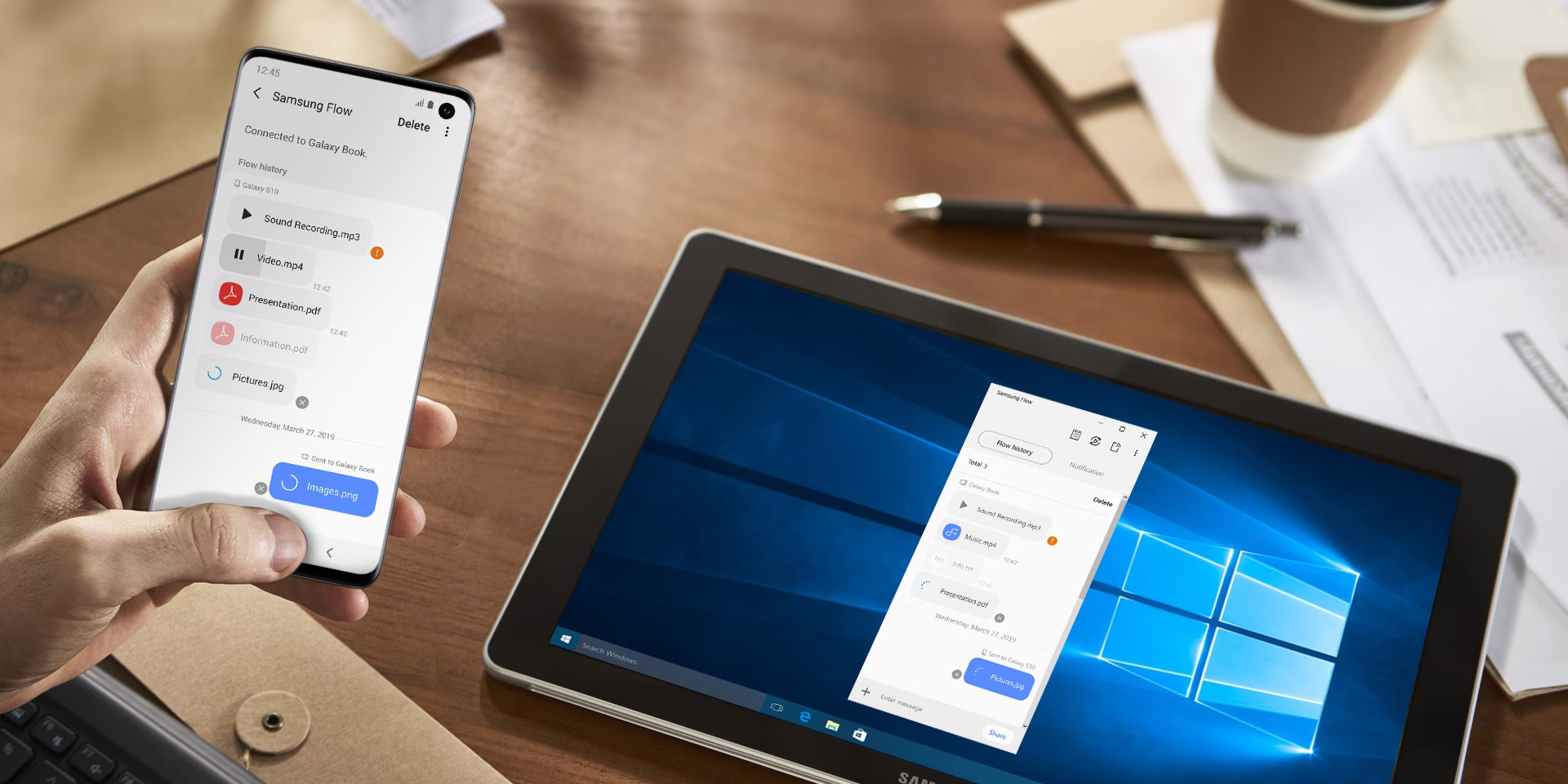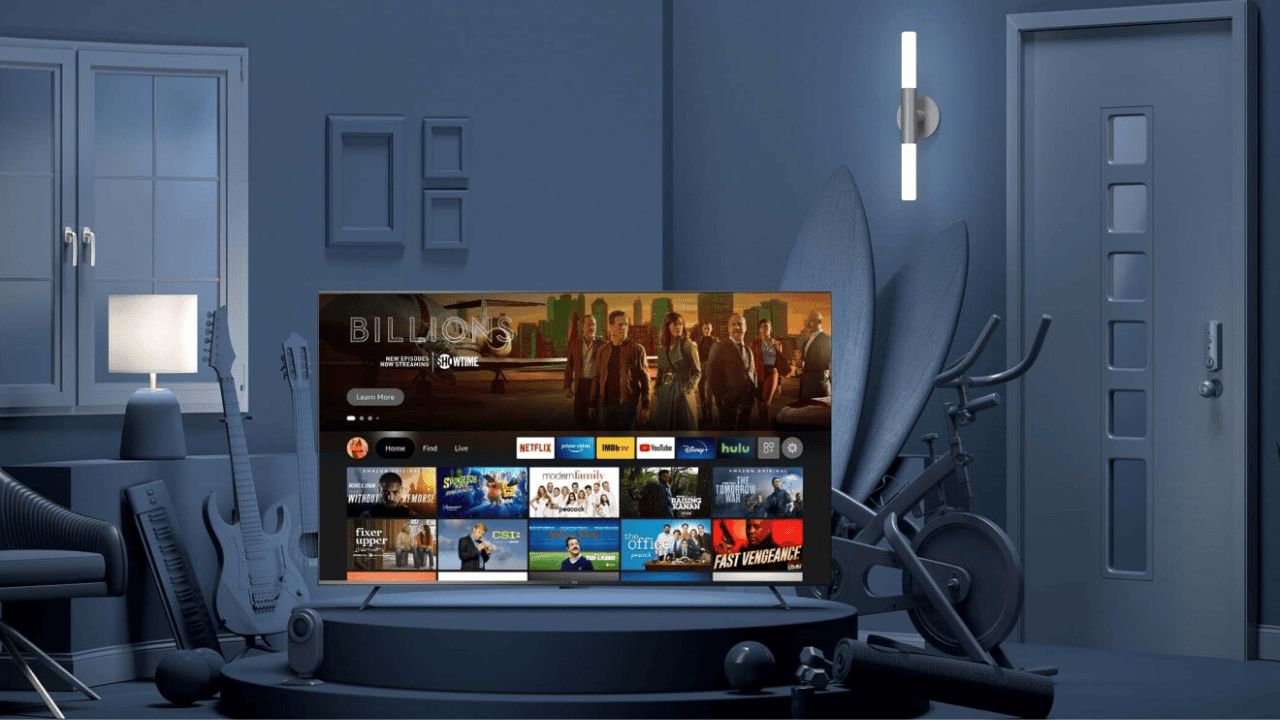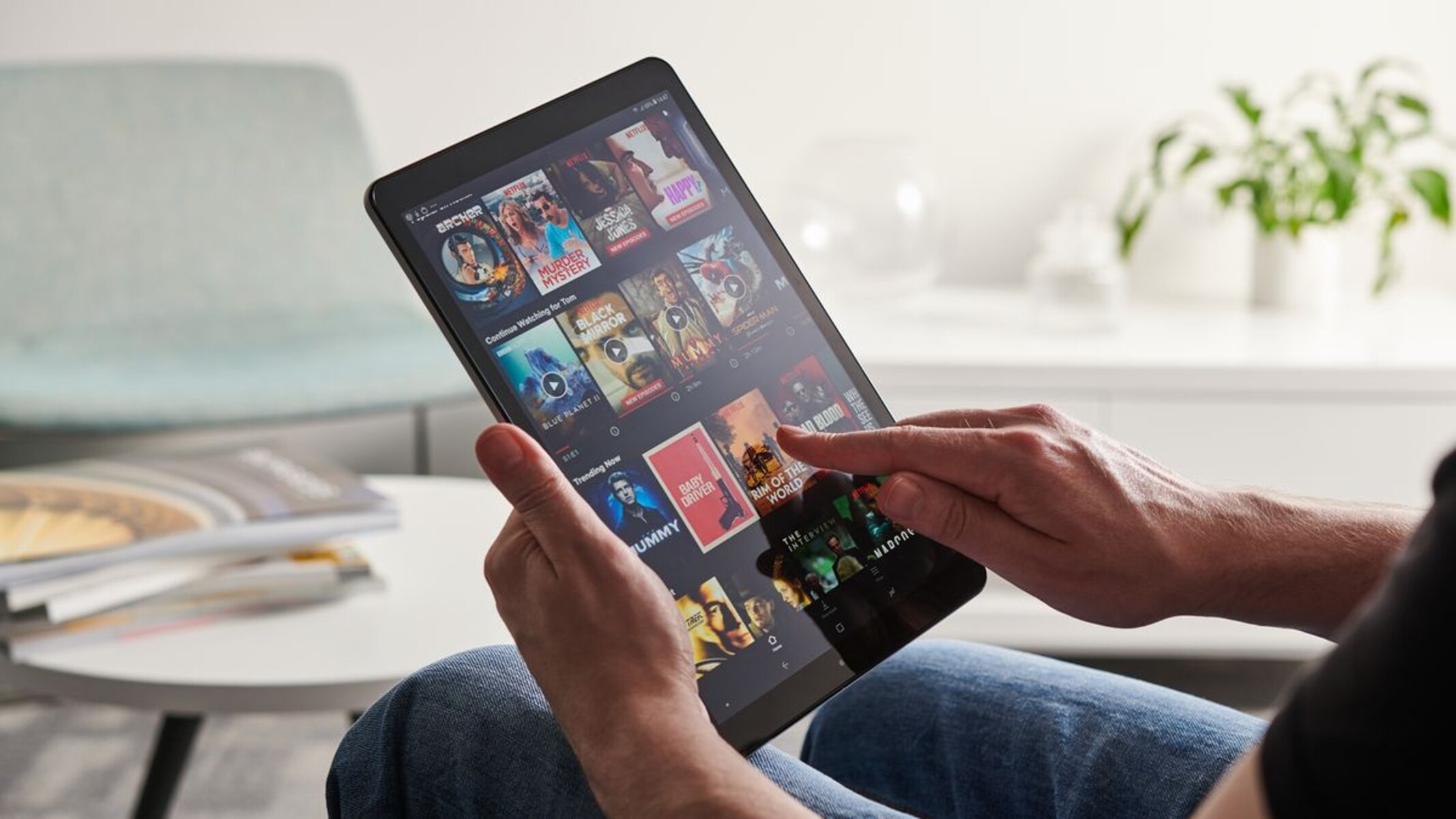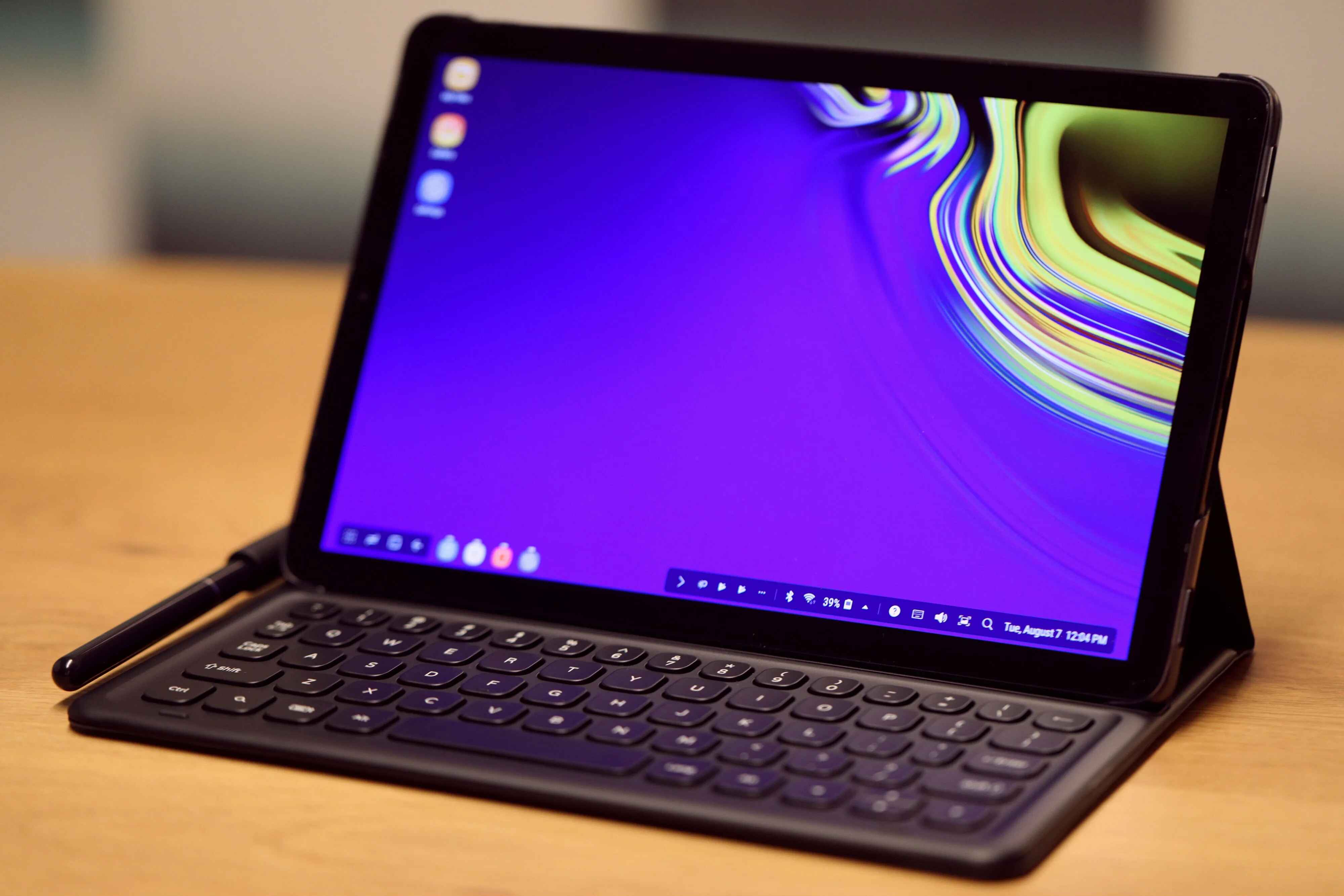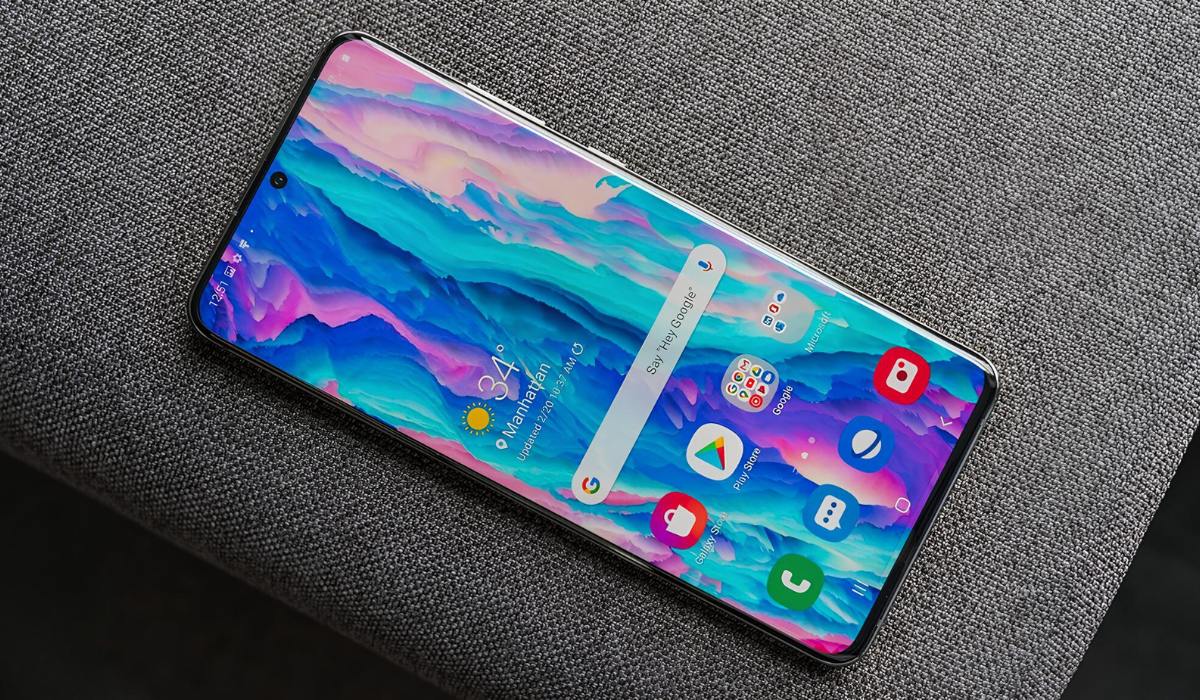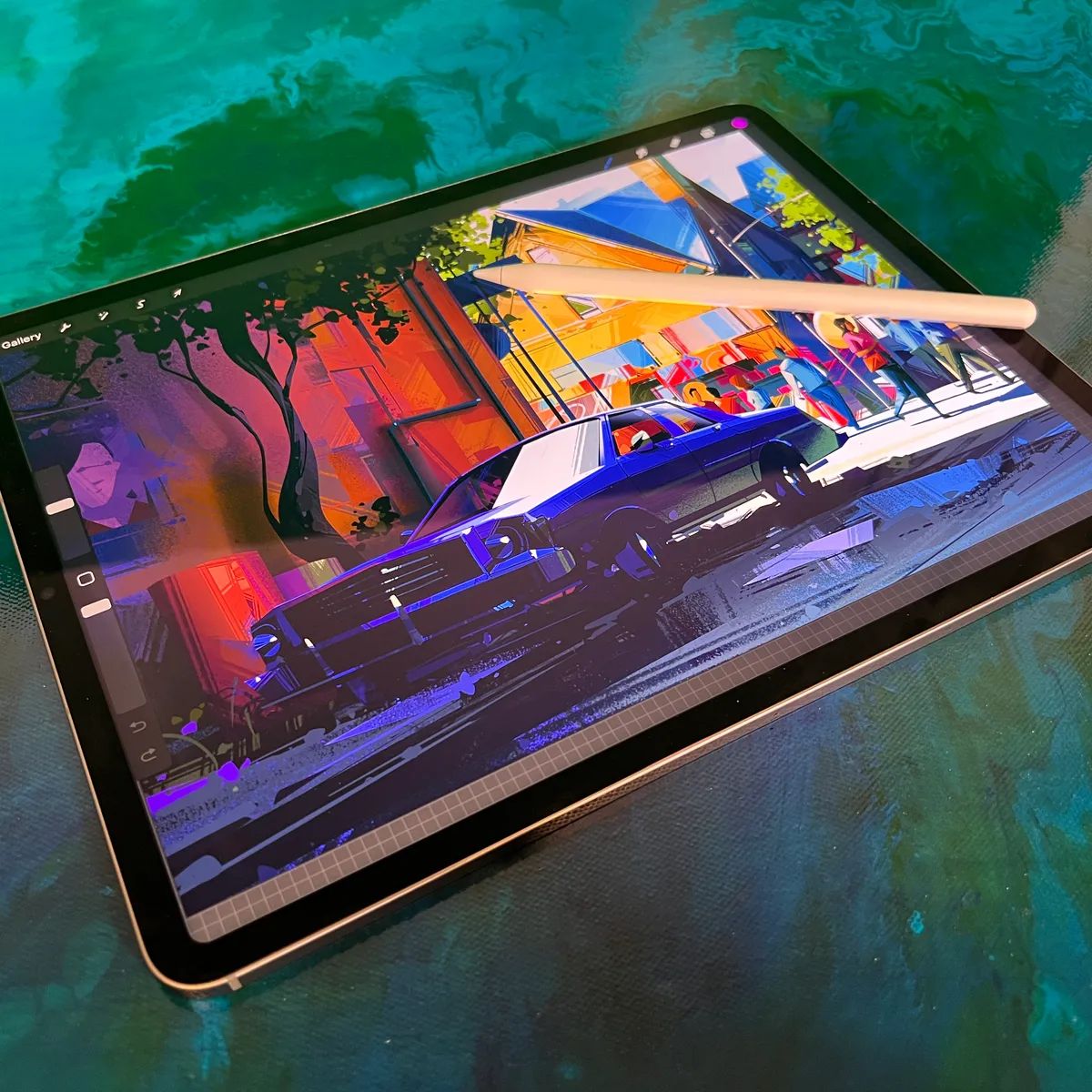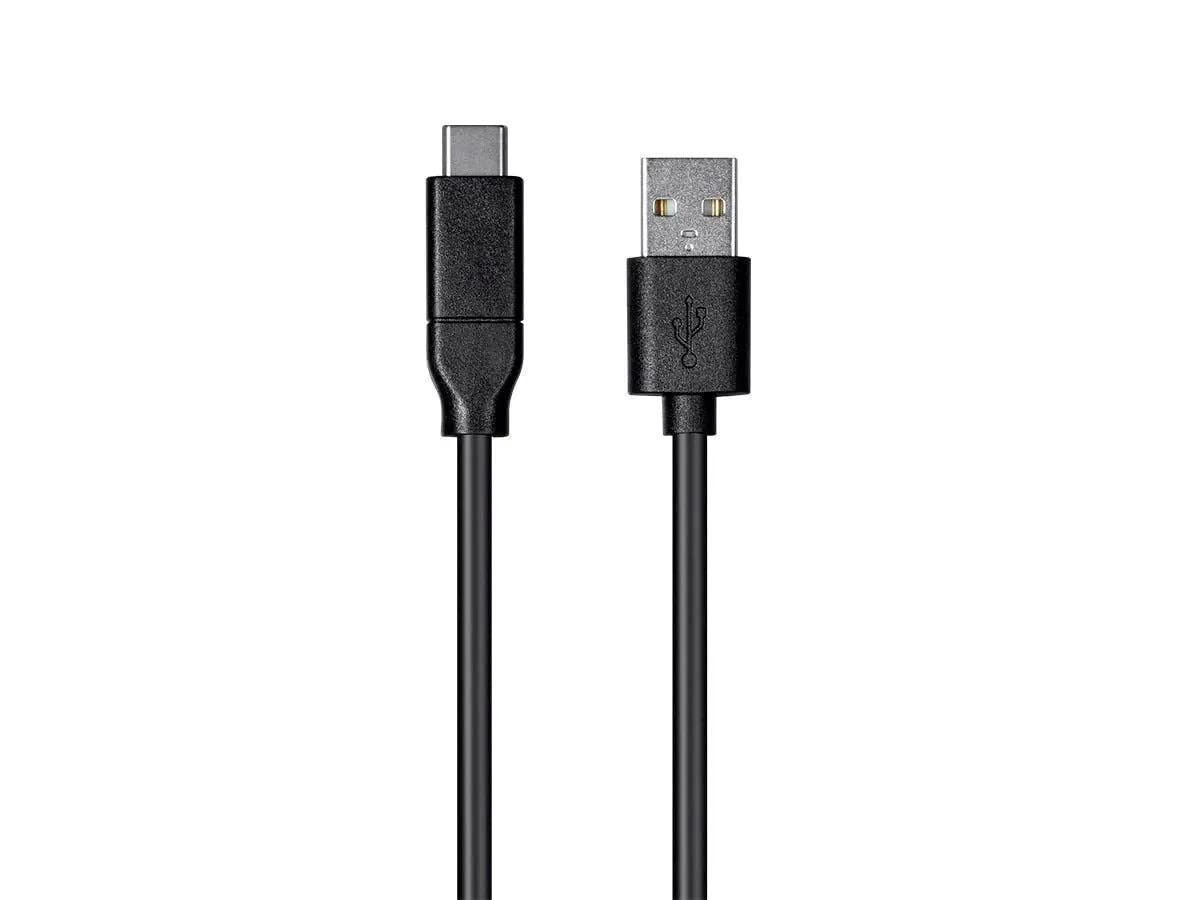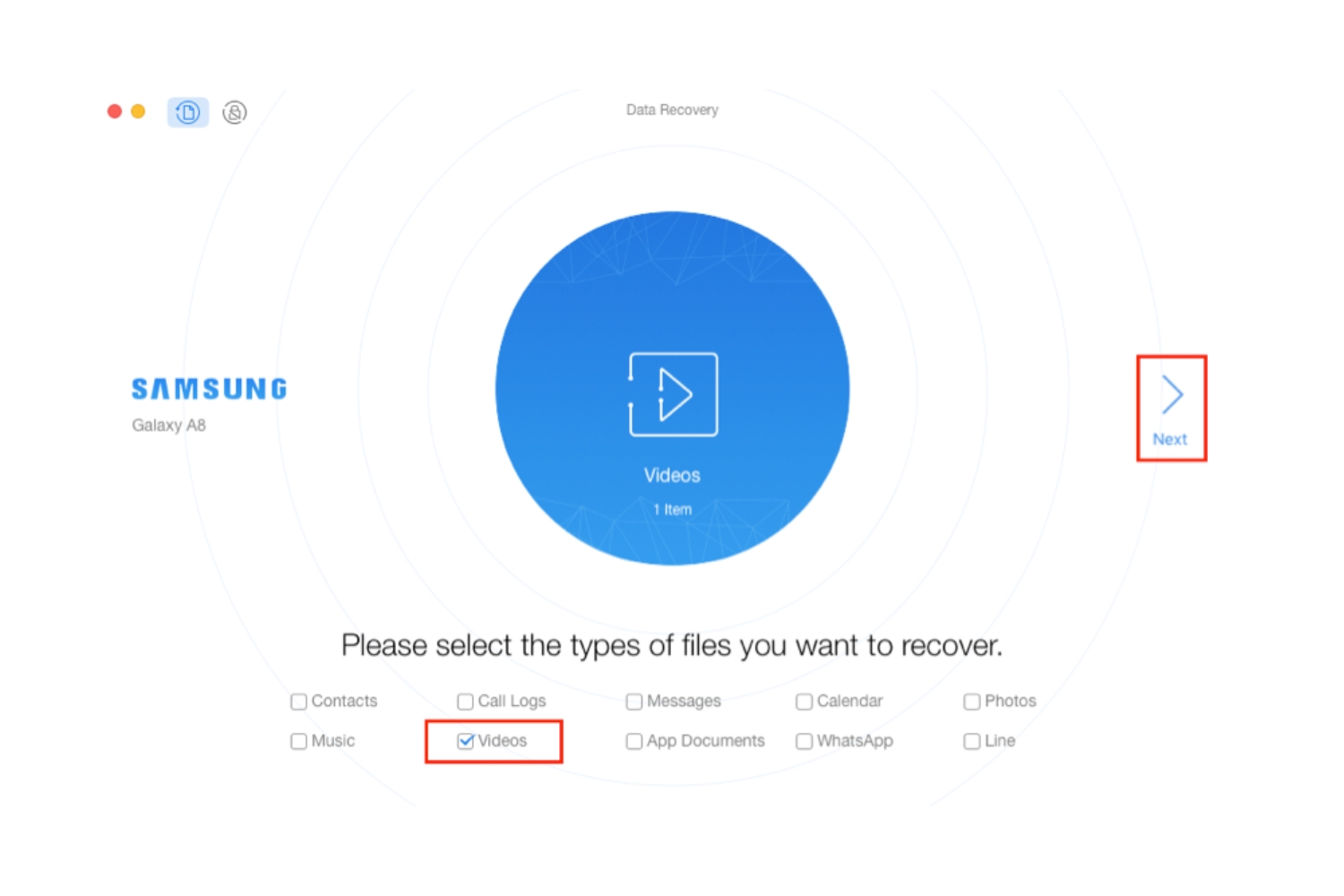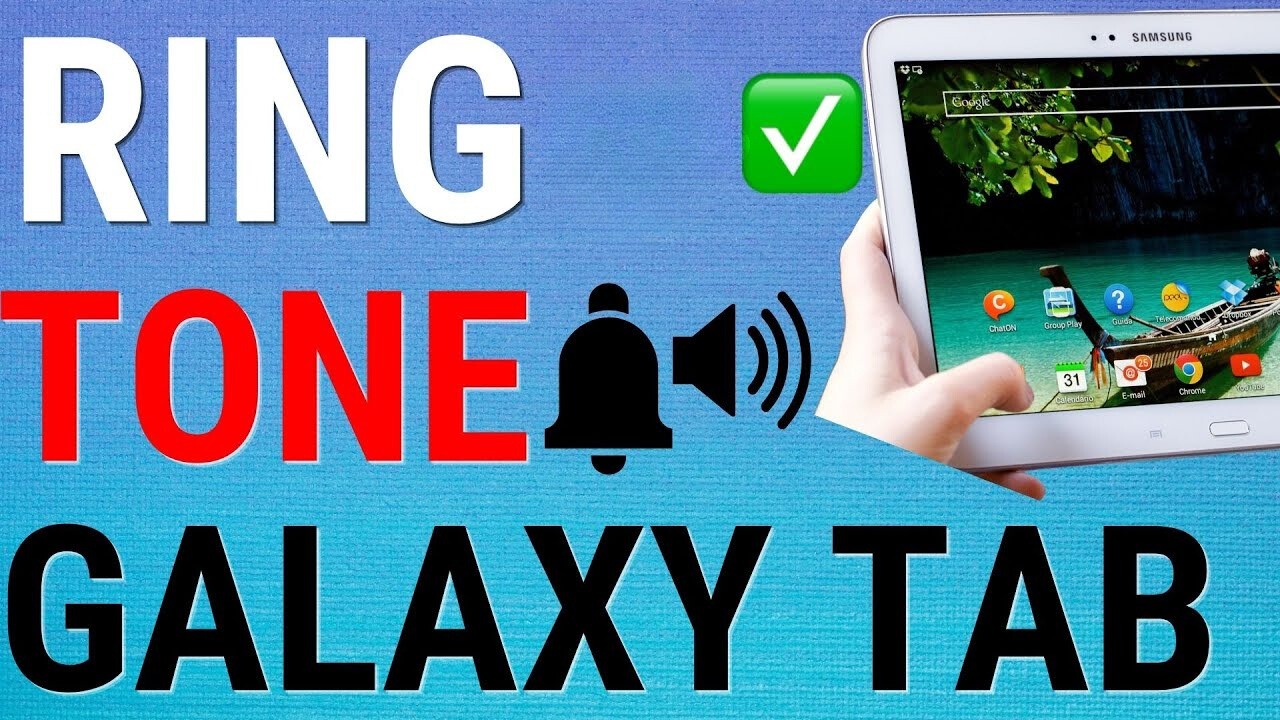Introduction
Welcome to our guide on how to connect your Samsung phone to a tablet! With the growing popularity and functionality of tablets, it’s becoming more common for users to want to connect and integrate their devices for a seamless experience. Whether you want to transfer files, use your tablet as a remote control for your phone, or access notifications on a larger screen, we’ve got you covered.
In this article, we will walk you through the step-by-step process of connecting your Samsung phone to a tablet. We’ll start by preparing your devices and enabling Bluetooth, then move on to pairing them and transferring files. We’ll also explore some additional features such as using your tablet as a remote control and accessing your phone’s notifications on your tablet.
By the end of this guide, you’ll have a comprehensive understanding of how to connect your Samsung phone to a tablet and take advantage of all the benefits that come with it. So, grab your Samsung phone and tablet, and let’s get started!
Step 1: Prepare your devices
Before you can connect your Samsung phone to a tablet, it’s important to ensure that both devices are ready for the process. Here are the steps to prepare your devices:
- Check device compatibility: Make sure that both your Samsung phone and tablet are compatible with the connection method you plan to use. Most Samsung devices support Bluetooth connectivity, so this should be the easiest method to start with.
- Charge your devices: Ensure that both your phone and tablet have sufficient battery levels to avoid any interruptions during the connection process. Plugging them into a power outlet while setting up is a good idea to ensure a stable power source.
- Update software: Check for software updates on both devices and install any available updates. Keeping your software up to date will ensure compatibility and the latest features for a smooth connection experience.
- Backup your data: It’s always a good idea to back up your data on both your phone and tablet before attempting to connect them. This will prevent any accidental data loss in case something goes wrong during the connection process.
By following these steps, you’ll ensure that your Samsung phone and tablet are properly prepared for the connection process. Once you’ve completed these steps, you’re ready to move on to the next step and enable Bluetooth on your devices.
Step 2: Enable Bluetooth on your phone and tablet
To connect your Samsung phone to a tablet, you’ll need to enable Bluetooth on both devices. Here’s how you can do it:
- On your phone: Open the Settings app on your Samsung phone. Look for the “Bluetooth” option and tap on it to access the Bluetooth settings. Toggle the switch to turn on Bluetooth. You should see the Bluetooth icon appear in the status bar, indicating that Bluetooth is now enabled on your phone.
- On your tablet: Similarly, open the Settings app on your Samsung tablet. Navigate to the “Bluetooth” section and enable Bluetooth by toggling the switch. Once enabled, the Bluetooth icon should also appear in the status bar of your tablet.
- Pairing mode: Some devices may require you to put them in pairing mode before they can be discovered by other devices. If prompted, follow the on-screen instructions to activate pairing mode on your phone or tablet.
- Scan for devices: On either your phone or tablet, tap on the “Scan” or “Search” button to look for available Bluetooth devices nearby. Wait for a moment while the devices scan for each other.
- Select your tablet on the phone: Once the scan is complete, you should see a list of available Bluetooth devices on your phone. Look for the name of your tablet in the list and tap on it to start the pairing process.
- Pairing confirmation: A pairing request may appear on your tablet’s screen. Check the request and confirm the pairing on both your phone and tablet. Once confirmed, the devices will establish a Bluetooth connection.
After following these steps, the Bluetooth connection between your Samsung phone and tablet should be successfully established. Now you can start enjoying the benefits of connecting these devices together. Keep reading to learn how to transfer files between them.
Step 3: Pair your phone with your tablet
Now that you have enabled Bluetooth on both your Samsung phone and tablet, it’s time to pair them together. Pairing allows the devices to establish a secure connection and communicate with each other. Here’s how you can pair your phone with your tablet:
- On your tablet: Open the Bluetooth settings on your tablet and make sure Bluetooth is turned on. You should see a list of available devices.
- On your phone: Open the Bluetooth settings on your phone, and you should also see a list of available devices. Look for the name of your tablet in the list.
- Select your tablet: Tap on the name of your tablet in the list of available devices on your phone. This will initiate the pairing process.
- Confirm pairing: Both your phone and tablet will display a pairing request or a unique code. Make sure the codes displayed on both devices match and confirm the pairing.
- Wait for the connection: Once the pairing process is complete, your phone and tablet will establish a Bluetooth connection. This might take a few moments, so be patient.
- Verify the connection: You can check the status of the connection by looking for the Bluetooth icon in the status bar of both your phone and tablet. If the devices are successfully paired, you should see the Bluetooth icon with a connected status.
After completing these steps, your Samsung phone is now paired with your tablet, and you can start utilizing the connection between the devices. Let’s move on to the next step and explore how to transfer files between your phone and tablet.
Step 4: Transfer files between devices
Now that your Samsung phone is paired with your tablet, you can easily transfer files between the two devices. Whether it’s photos, videos, documents, or any other files, here’s how you can transfer them:
- Select the files: On your phone, navigate to the files you want to transfer. You can use the File Manager app or any other file management tool. Select the files or folders you wish to transfer.
- Tap the share button: Once the files are selected, tap on the share button, usually represented by an icon with an arrow pointing up or the word “Share”. This will open the sharing options.
- Choose Bluetooth: In the sharing options, look for the Bluetooth icon or the option to share via Bluetooth. Select it to initiate the file transfer process.
- Select your tablet: Your phone will display a list of available Bluetooth devices. Tap on the name of your tablet to send the files to the connected device.
- Accept the transfer: On your tablet, a notification will appear, indicating that a file transfer request has been received from your phone. Accept the request to start the transfer.
- Wait for the transfer: The time it takes for the transfer to complete will depend on the size of the files being transferred. You can monitor the progress of the transfer on both devices.
- Access the files: Once the transfer is complete, you can access the transferred files on your tablet. Check the Downloads or Bluetooth folder on your tablet to find the transferred files.
With these steps, you can easily transfer files between your Samsung phone and tablet using Bluetooth. Whether it’s sharing photos, documents, or other important files, this method allows you to seamlessly transfer data between the two devices.
Let’s move on to the next step and explore the option of using your tablet as a remote control for your phone.
Step 5: Use your tablet as a remote for your phone
One of the great features of connecting your Samsung phone to a tablet is the ability to use your tablet as a remote control for your phone. This can come in handy when you want to control certain functions or apps on your phone from the convenience of your tablet. Here’s how you can use your tablet as a remote for your phone:
- Download a remote control app: To use your tablet as a remote control, you’ll need to download a remote control app from the Google Play Store. There are various apps available, such as Samsung SmartThings, Unified Remote, or any other app that supports remote control functionalities.
- Install and set up the app: Once you’ve chosen an app, follow the on-screen instructions to download, install, and set up the app on both your phone and tablet. Make sure to grant the necessary permissions to the app for it to function properly.
- Pair your devices: Open the remote control app on your tablet and follow the pairing instructions to connect the app with your phone. This will establish a connection between the two devices.
- Explore remote control functions: Once the devices are paired, you can explore the various remote control functions offered by the app. This may include controlling apps, adjusting volume, navigating menus, accessing media files, and more.
- Enjoy remote control convenience: Use your tablet as a remote control for your phone to conveniently perform tasks without directly handling your phone. This is particularly useful when you want to control media playback or use certain features of your phone from a distance.
By following these steps and using a remote control app, you can harness the power of your tablet to control your Samsung phone remotely. This adds an extra level of convenience and flexibility to your device usage.
Next, let’s explore how you can access your phone’s notifications on your tablet.
Step 6: Access your phone’s notifications on your tablet
Connecting your Samsung phone to a tablet not only allows you to transfer files and use your tablet as a remote control, but it also enables you to access your phone’s notifications on your tablet. This feature is particularly convenient when you’re using your tablet and want to stay updated with the notifications on your phone without having to switch devices. Here’s how you can access your phone’s notifications on your tablet:
- Download and install a notification mirroring app: To access your phone’s notifications on your tablet, you’ll need to install a notification mirroring app. Popular options include apps like Pushbullet, Join, or Microsoft Your Phone. These apps allow you to mirror your phone’s notifications and receive them on your tablet.
- Set up the app: Once you’ve installed the notification mirroring app on both your phone and tablet, follow the on-screen instructions to set up the app. This usually involves logging in with your Google or Microsoft account and granting the necessary permissions.
- Enable notification mirroring: In the app’s settings, enable the notification mirroring feature. This will allow your phone’s notifications to be mirrored and displayed on your tablet in real-time.
- Customize notification settings: Depending on the app you’re using, you may have the option to customize the types of notifications you want to receive on your tablet. You can choose to enable or disable specific apps or notification categories.
- Receive notifications on your tablet: With the notification mirroring app set up and running, you will now start receiving your phone’s notifications directly on your tablet. Whenever you receive a notification on your phone, it will also appear on your tablet.
- Interact with notifications: On your tablet, you can interact with the notifications just as you would on your phone. You can view, dismiss, or take action on the notifications directly from your tablet, without needing to access your phone.
By following these steps and utilizing a notification mirroring app, you can easily access and manage your phone’s notifications on your Samsung tablet. This allows for a more seamless and integrated experience across your devices.
With these steps completed, you have successfully connected your Samsung phone to a tablet and explored various functionalities, such as file transfer, remote control, and notification access. Enjoy the enhanced connectivity and convenience that come with connecting your Samsung devices!
Conclusion
Connecting your Samsung phone to a tablet opens up a world of possibilities for seamless device integration and enhanced functionality. By following the steps outlined in this guide, you can easily connect your devices, enable Bluetooth, pair them together, transfer files, use your tablet as a remote control, and access your phone’s notifications on your tablet. This integration provides a convenient and efficient way to manage your devices and streamline your digital experience.
Whether you want to transfer files between your devices, control your phone remotely, or keep up with notifications on your tablet, the process is straightforward and accessible to all users. Plus, with the wide range of apps available in the Google Play Store, you can personalize your experience and find additional features and functionalities that suit your needs.
Remember to ensure device compatibility, keep your devices charged, update their software, and back up your data before attempting to connect them. By taking these precautions, you can ensure a smooth and trouble-free connection process.
So, grab your Samsung phone and tablet, follow the steps outlined in this guide, and start enjoying the benefits of a connected ecosystem. Whether for work, entertainment, or productivity, the seamless integration between your Samsung phone and tablet will enhance your digital experience and make your life more convenient.
Now that you have the knowledge and tools to connect your Samsung phone to a tablet, go ahead and explore the endless possibilities of a connected device ecosystem. Take advantage of the features, functions, and convenience that come with connecting your devices. Happy exploring!







